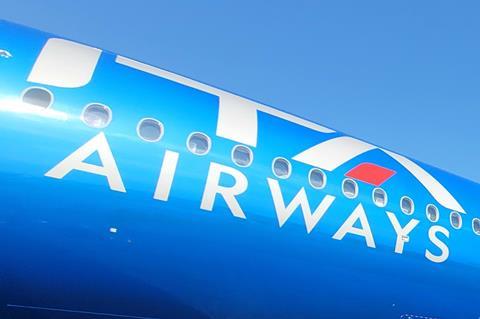The past 12 months have seen consolidation moves touch more carriers. But at the same time, the sentiment from governments and regulators appears to be hardening against airline tie-ups, raising questions about the future viability of such moves
As 2023 comes to an end, it feels apt to revisit comments made by Ryanair group chief executive Michael O’Leary as the year began, when he said he had found acquisitions of other carriers to be “a pain in the arse”.
His observations have greater prescience now, given 2023 has become a year when all the talk of post-Covid consolidation moves has finally translated into a ramping-up of M&A activity at several carriers.
Some of O’Leary’s comments already read like a warning from history, amid questions about whether more airlines might be put off from embarking on proactive consolidations moves.
He said, for example, that “most M&A in the case of Ryanair gets blocked by the European Commission”.
In the months since, the Commission has openly discussed bolstering the remedies required for airline tie-ups on competition grounds, in a move that increases the likelihood of such activity losing some of its attraction. That has prompted, for instance, Lufthansa Group to take a notably cautious approach to framing and submitting its official intention to take a stake in ITA Airways.

In the USA, meanwhile, the government’s lack of appetite for consolidation in the airline industry has been plain to see in the lawsuit seeking to block JetBlue Airways’ purchase of Spirit Airlines – and in its earlier unwinding of the former’s alliance with American Airlines.
Elsewhere, Qantas abandoned its purchase of Alliance Aviation after competition regulators stepped in, while draconian remedies ended Avianca’s interest in Viva Air.
The long and arduous journey of getting past the regulators heightens another risk when it comes to M&A activity: namely that you get the timing wrong.
On Ryanair’s experience, O’Leary described the timing of its acquisition of Austrian carrier Laudamotion in early 2019 as “spectacularly awful”.
“We bought it just before Covid shut flying down for two years,” he said in January.
The dial does not just get moved by events on that scale, however, as the intervening period shows. Witness, for example, analysts questioning the amount JetBlue agreed to pay for Spirit, amid a significant slump in the fortunes of US budget airlines over the past few months.
Indeed, there are further considerations around the health of the airline you are purchasing.
“It’s very challenging from a cost point of view, as you are generally buying someone else’s mess and then it takes three or four years to tidy it up,” O’Leary said.
In that context, Alaska Airlines knows, for example, that Hawaiian is a carrier in need of some TLC, given it has lagged peers in financial terms during the Covid-19 recovery and was rocked by the impact of devastating wildfires in recent months.
Similarly, state-owned carriers such as ITA, SAS and TAP Air Portugal will not necessarily ‘drop in’ to established airline groups without a lot of work, whether that be financial, structural or operational in nature.
And in Asia, the strong sense that Air India finally has a genuine path to better times under Tata Group ownership must be tempered by acknowledgement of the inevitable hurdles in consolidating four airline brands into two, particularly after an extended period of government mismanagement of the flag carrier.
Despite the challenges, the answer on consolidation is still “yes” for many carriers, given the advantages inherent in securing incumbency in an industry where even the most poorly performing airlines are often formidably entrenched in local markets. Moreover, access to extra capacity in today’s market matters more than it has done for some time. Amid increasingly hostile conditions for making M&A moves, however, there will inevitably be longer pauses before that answer is given.
The risk for governments and regulators is that discouraging M&A activity where the rationale for joining forces is strong raises the chances of potential acquirees becoming distressed, failing or ticking along for years as unloved, suboptimal businesses.
When that happens, the “pain in the arse” is felt by a lot more people.
















